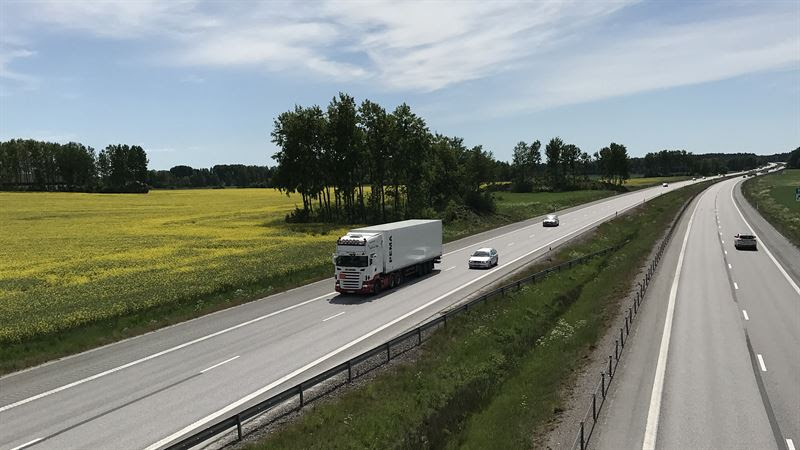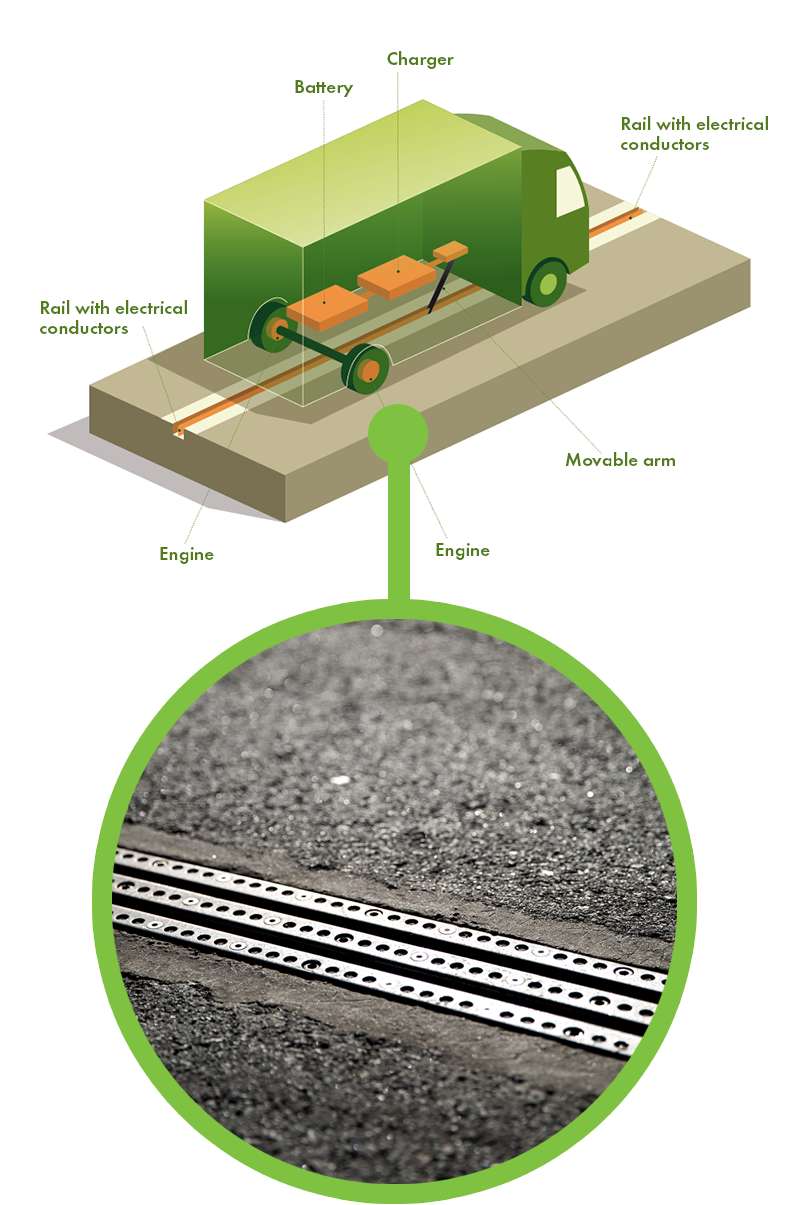- 28 March 2023
- 8343 defa okundu.
Electric roads pave the way for smaller car batteries
If an electric car charges while driving, the size of the battery can be reduced by up to 70 per cent, and the load on the power grid can be spread out over the day. Charging on the move suits most people, but not everyone. This is shown by a new study from Chalmers University of Technology, Sweden, where for the first time researchers combine the so-called electric road system with real-life driving patterns of Swedish drivers.

The Swedish government has proposed a ban on new petrol and diesel cars from 2030 to reduce carbon dioxide emissions. The same trends are seen across Europe, as demonstrated by the rapid increasing sales of electric vehicles. As this development progresses, challenges are also increasing, including the uneven load on the power grid and where to charge the electric vehicles.
Different ways of charging vehicles on the move
Several countries, including Sweden, Denmark, and Germany, are testing whether electric road system (ERS) can be used to electrify road networks. An ERS charges moving vehicles with either loops in or next to the road, or with wires suspended above vehicles, similar to trams and trains. All variants mean that vehicles do not need to be parked to charge, and there are less needs for large batteries storing energy to overcome “range anxiety,” a term referring to the fear or concern of an electric vehicle driver’s experiences about the distance their electric vehicle can travel before the battery needs to be charged.
Now researchers from Chalmers have used data from over 400 passenger cars to study real driving patterns on different parts of Swedish national and European roads. They have used the data to calculate, among other things, battery size needs to complete all journeys given possible charging options (stationary versus ERS), charging patterns, and total costs including infrastructure and batteries.

Smaller battery results in lower costs
The results show that a combination of electric roads on 25 per cent of the busiest national and European roads and home charging would be optimal. The batteries, which account for a large part of the cost for an electric car, can become significantly smaller, at best only one-third of the current size.
“We see that it is possible to reduce the required range of batteries by more than two thirds if you combine charging in this way. This would reduce the need for raw materials for batteries, and an electric car could also become cheaper for the consumer,” says Sten Karlsson, who, together with research colleagues Wasim Shoman and Sonia Yeh, is behind the study – “Benefits of an Electric Road System for Battery Electric Vehicles.”
Other positive effects are that peaks in electricity consumption would be reduced if car drivers did not entirely rely on home charging but also supplemented it with electric road charging.
“After all, many people charge their cars after work and during the night, which puts a lot of strain on the power grid. By instead charging more evenly throughout the day, peak load would be significantly reduced.

